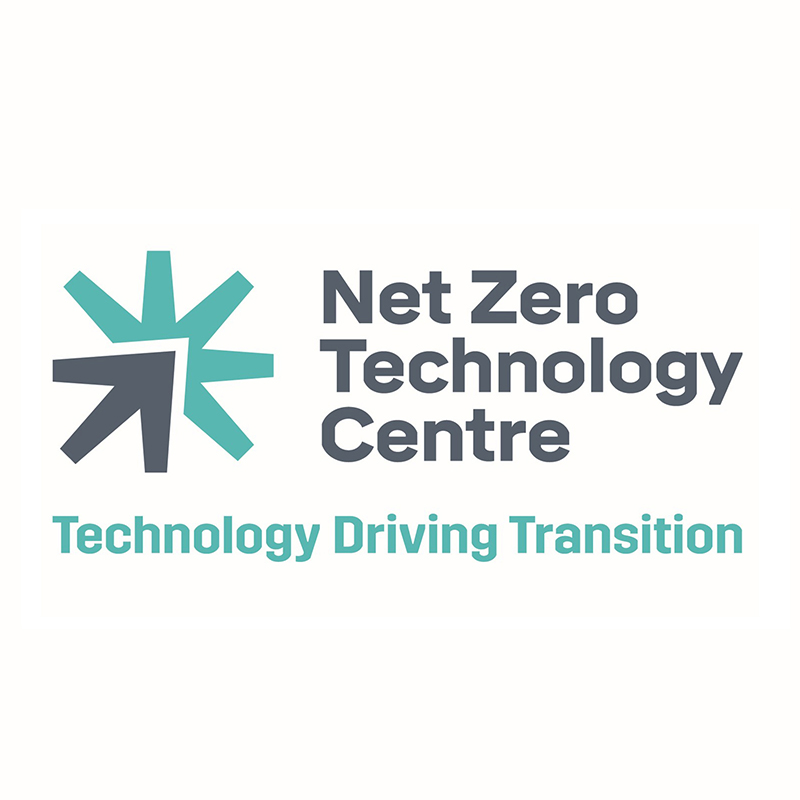From “self-healing” paint to tackle corrosion to a battery which can store energy as “liquified air”, 20 winners have been unveiled as part of a £10 million funding competition from the NZTC.
The Net Zero Technology Centre (NZTC) launched its Open Innovation Programme in March, aimed at developing tech which could reduce emissions offshore, accelerate clean energy production and enable delivery of the UK’s net zero ambitions.
Of 154 applicants for the first £8m tranche, 20 have been selected, the majority of which are based in North-east Scotland. A second round for the remainder of the funding be announced later.
The NZTC competition winners were selected from a criteria of seven categories, including: carbon capture, utilisation and storage (CCUS), hydrogen and clean fuels, renewables and energy storage, zero emissions power, venting and flaring, integrity management and late life and decommissioning.
Among the winners is Copsys, which has designed an “intelligent digital skin” paint-based technology which can detect corrosion.
In the renewables category is Innovatium, which has designed a Liquid Air Battery which can store excess renewable power as high-density pressurised liquid air, which can be converted into electrical power. This can in turn significantly increase the availability of renewable energy sources.
In late life and decom, Sulmara Subsea is one NZTC competition winner, with an uncrewed drone system which will significantly reduce the size of vessel needed for offshore surveys, which is also applicable for offshore wind farm inspections.
Enertechnos is another winner, with a specialised cable designed to electrify North Sea oil and gas installations which deals with the issue of power being lost over longer distances.
Heriot-Watt University bagged a place in the top 20 with a new tool to measure the probability of CO2 leaks from wells which are used for Carbon Capture, Utilisation and Storage (CCUS).
Selection
Head of emissions reduction at the NZTC, Rebecca Allison, said whittling the competition roster down to 20 was a tough call – leading to a £1m increase to this round which was initially billed at £7m in March.
“There have been some really exciting technologies come through in the programme – each and every one of them has real potential.
“Out of the 154 applicants, there were only six that weren’t in scope which shows you the number of good ideas out there.
“They went through a robust screening in the industry to see how viable they were – and if we could have we would have supported more.”
Each one of the projects has at least one industry sponsor and an NZTC project manager associated with it to provide technical expertise, guidance or feedback on development depending on its maturity.
Several are doing field trials and the NZTC is facilitating and exchange of data from the operator community to support developers reach technology commercialization.
—


